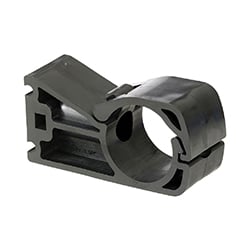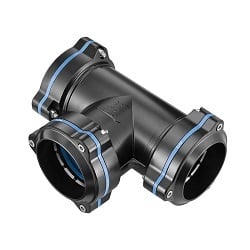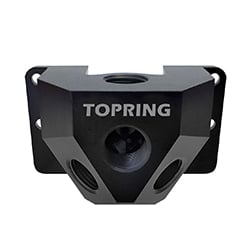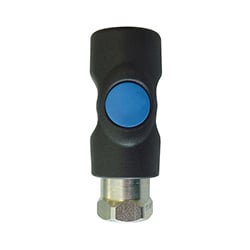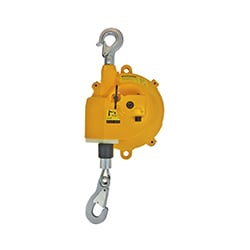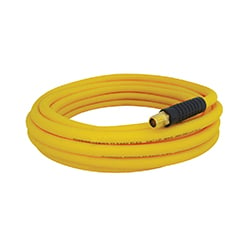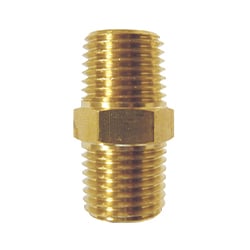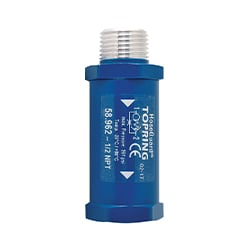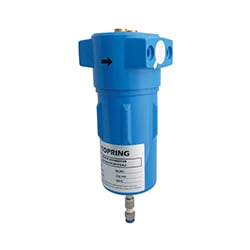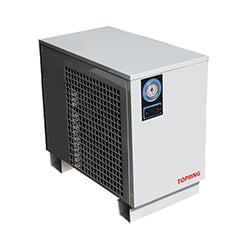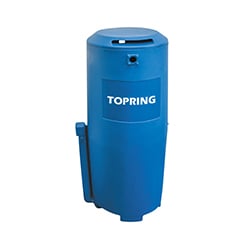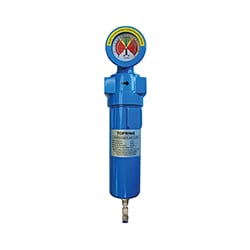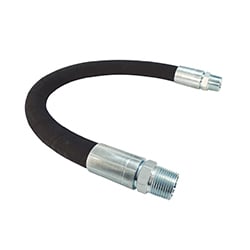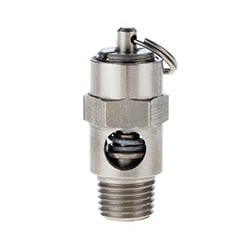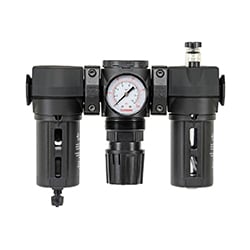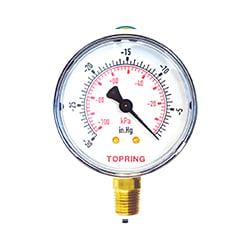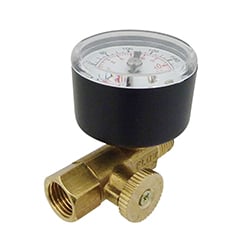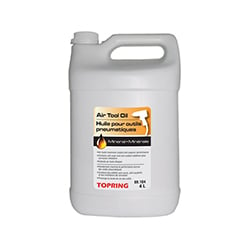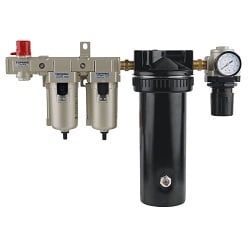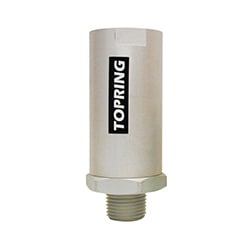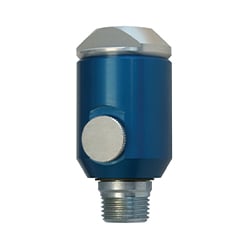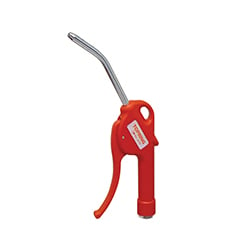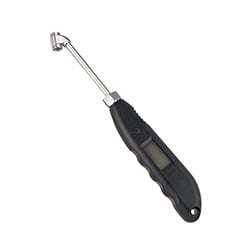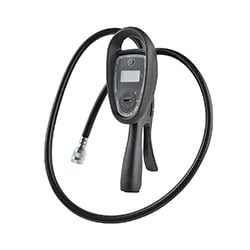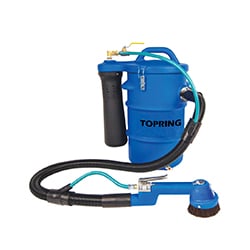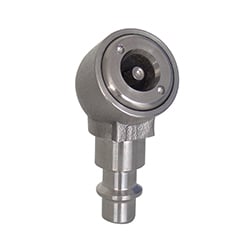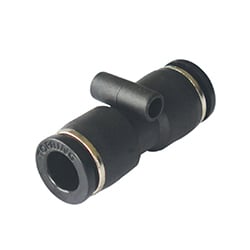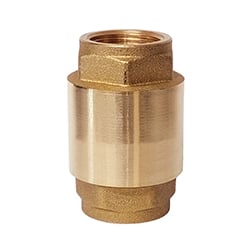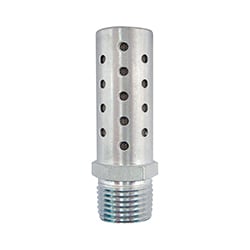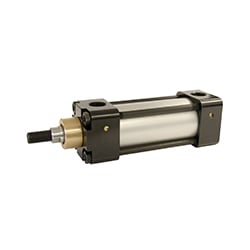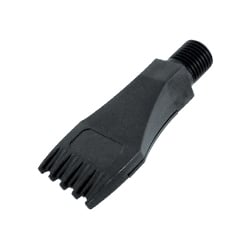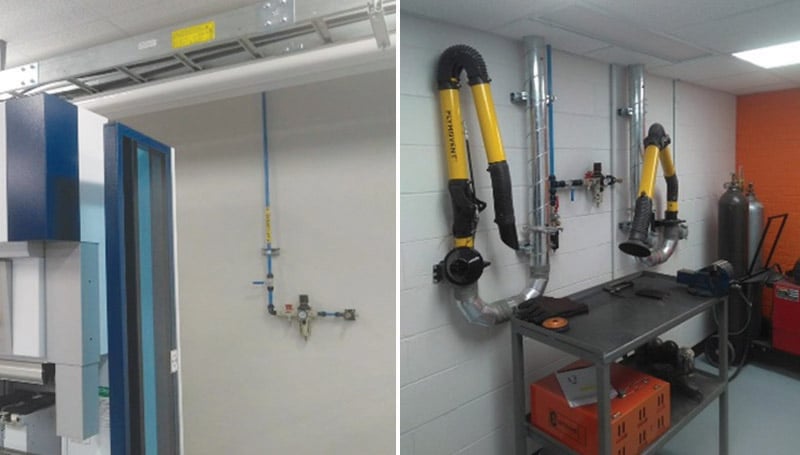At Topring, knowledge transfer is an important focus. Training tomorrow's users by promoting the safe and efficient use of compressed air is something that we take to heart.
Context of the case study
College pneumatics laboratory
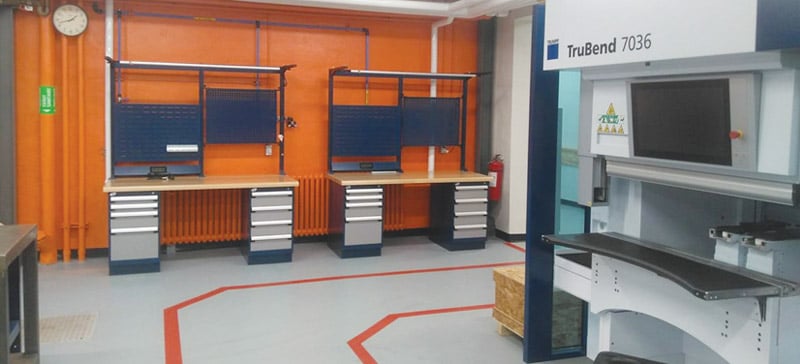
The Cégep of Rimouski was founded in 1967. Every year, it welcomes more than 2 000 students registered in 27 programs, including Industrial Mechanics Technology and Techniques in Mechanical Engineering.
Compressed air in theoretical form
"I have been teaching pneumatics and hydraulics at the Cégep of Rimouski for many years. I try as much as possible to stay abreast of new developments in the industry and, above all, to find new methods to make my courses interesting. The more interactive and concrete the courses are, the more it stimulates the students and the more it allows them to better assimilate the theory and not drop out.
Over the past 8 years, I have had a Topring technical advisor assist me with pneumatics training on a few occasions. I find it much more engaging for the students when an industry expert talks to them directly. The advisor gives them a basic course on compressed air using a visual aid. Each student is given a hard copy of their product catalogue and takes the opportunity to introduce and give them an overview of everything between the compressor and the tool. The product catalogue also includes theoretical introductions, technical tips, selection and reference guides. All of this information helps you to learn more about compressed air and to understand how to optimize its use. The concept of safety is also very important because, like any source of energy, compressed air can present a danger to workers if it is not used properly or if certain basic rules are not followed.
I then give the students theoretical exercises to do related to the concepts learned. For example, identifying the right fitting to use with which tool, determining the diameter of the tube to use to build an air network, etc. In short, elements that are a little more concrete help them learn and put them in the shoes of someone who works with a compressed air system. It prepares them for what awaits them in the workplace.
The students also have the opportunity to design an air network, while joining the practical side of handling components, asking questions and having a first immersion in the world of pneumatics. Among other things, they have the opportunity to create a piping branch line. They have the mandate to install a drop, just like on a real air network, using a take-off drop coupling. We then inspect the drop with ultrasound to ensure that it is watertight. It's a great way for them to learn basic skills that will be useful later on if compressed air is used in their future jobs.
However, I felt that this was not enough. I wanted to go further in my training. I did some research, put together a list of my needs and gradually put my plan into action: to set up a custom lab so that students could take part in hands-on workshops. That way, they will be able to handle the components of a fully installed and functional compressed air system, including learning how to install and uninstall them. The students will experience a real situation in the field and will arrive on the job market with much more experience"
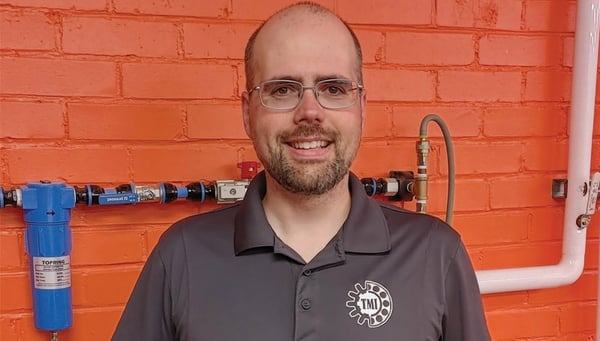
Jonathan Genois, pneumatics and hydraulics teacher at the CEGEP of Rimouski
Challenges and solutions
The challenge: moving from theory to practice
One of the biggest challenges in teaching is to move from theory to practice. Various studies have shown over the years that our memory is more active than passive. For a student, this translates into optimized performance when participating in a hands-on workshop or when demonstrating a concept.
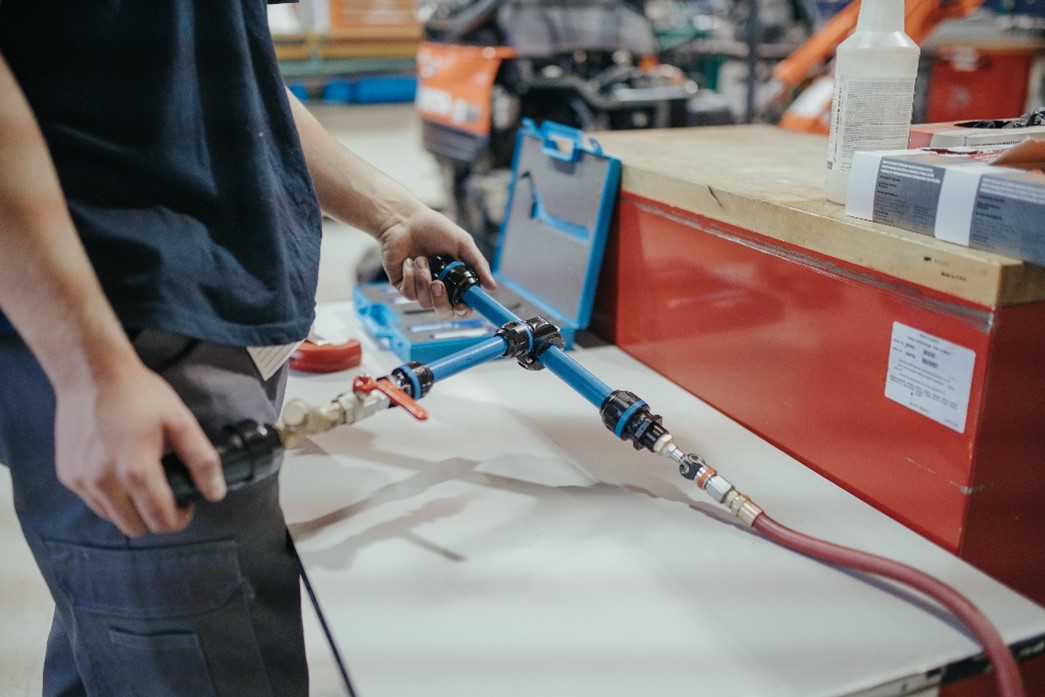
The solution: hands-on workshops
Practical workshops allow students to put into action the notions they have learned and to better understand the concepts. This way, learning and knowledge development are optimized.
The Cégep of Rimouski has opted for the following 3 solutions:
- A 100% aluminum modular laboratory
- Practical tools for a first handling
- Reference documents for knowledge development
"I decided to install a complete compressed air system to teach my students about components and assembly. I chose the Topring S08 piping system because it is the latest technology on the market. The system can be assembled and disassembled, which is perfect to be able reuse from year to year. It allowed me to invest for the long term. The torque wrench is also a big plus for me. This method is precise and applies the exact tightening force, unlike other systems that are more approximate. Plus, it's all from a Quebec company." - J. Genois
A 100% aluminum modular laboratory
The CEGEP has set up a laboratory with a Topring S08 system.
I often receive the same comment from students who work in the industry, both in internships and in student jobs: "In the factory, it's made of steel". In fact, many plants still opt for steel, even for new construction. Their choice is often based solely on the cost of the pipes. During my years of practice in the plant, I had the chance to experiment with steel, copper and aluminum.
Today, my choice is clear: aluminum is the best choice because it’s easy to install and modify, it's leak-tight and has a superior quality of air. In the steel sections of the plant, we had to replace the filters more often and had more frequent machine downtime, whereas, in the aluminum sections of the plant, the filters lasted much longer and had less frequent machine downtime. With the savings in filter replacement and no lost production time, the difference in material costs is quickly offset, regardless of the much shorter installation time with aluminum. What I explain to students is that steel has long been the best solution and that it is often easier to find an installer. Having experienced it, aluminum allows for lower maintenance costs, less machine downtime due to cleaner air, and greatly reduces distribution line modification times. It is clearly a solution that is worth using.
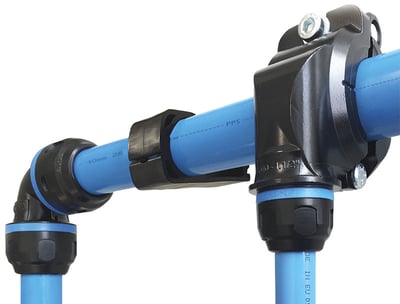 Aluminum compressed air systems offer several advantages
Aluminum compressed air systems offer several advantages
over traditional steel systems.
Practical tools for a first handling
Various tools and samples are available for first contact with the products or to test their functionalities. Here are the essentials selected by the Cégep de Rimouski, some of which will be introduced soon. These tools will help students to master compressed air piping systems.
Samples of tools and fittings
The sample of tubes and fittings offers a first overview of the 100% aluminum range through a simple handling
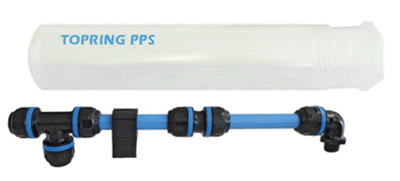
A plastic template for plug profiles
The template makes it easy to identify the end profiles and threads of the fittings and thus check which one to use, or simply become familiar with them when in learning mode.
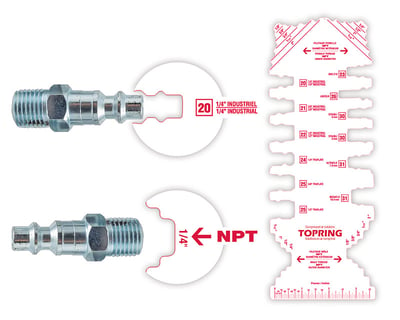
Reference materials for knowledge development
Various educational contents have been developed, all with the aim of making Topring's expertise in the field of compressed air accessible to as many people as possible. The tools are aimed at all those who use or are involved in the use of compressed air, but also at those who are curious and want to develop their knowledge. Here are the main reference documents used by the Cégep de Rimouski professor.
The product catalogue
The catalogue is the ideal tool to learn more about compressed air systems. That's why a free copy is available to students. The catalogue contains fact sheets, selection charts, reference guides and technical tips, as well as an introduction to compressed air basics
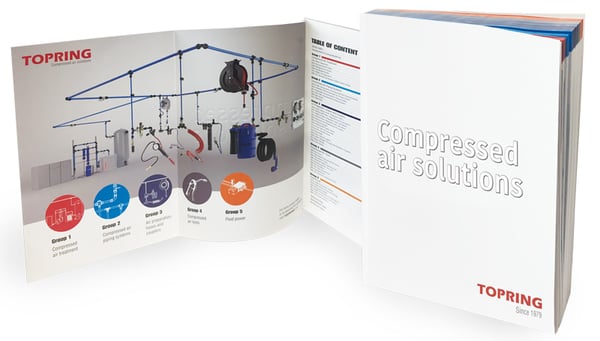
Compressed Air Basics white paper
Through 7 questions, students can learn more about the basics of compressed air. Knowing the basics of this energy source will allow them to use it safely, efficiently and effectively in the future and, most importantly, to ask themselves the right questions when they need to use a compressed air system as part of their duties.

The blog
Students are invited to read and reread the blog posts to learn more about a topic related to compressed air, as practical advice, tips and tricks from experts are revealed.
Our experience with Topring
"Technical support is easily accessible and the technical advisor is always available. The S08 system is removable and modular, which is great for teaching from year to year. Their catalogue contains a lot of relevant information on compressed air, which is a great support for my classes." – J. Genois
Do you want to build an adapted program in pneumatics?
Are you a teacher in a school and want to take your program to the next level? Whether it's an air system installation, pneumatic product samples or compressed air reference materials, we'll be happy to assist you!
Contact us at 1-800-263-8677

Programs offered at the Cégep of Rimouski :
https://www.cegep-rimouski.qc.ca/programme/technologie-de-maintenance-industrielle
https://www.facebook.com/TMIRIMOUSKI
https://www.cegep-rimouski.qc.ca/programme/techniques-de-genie-mecanique


